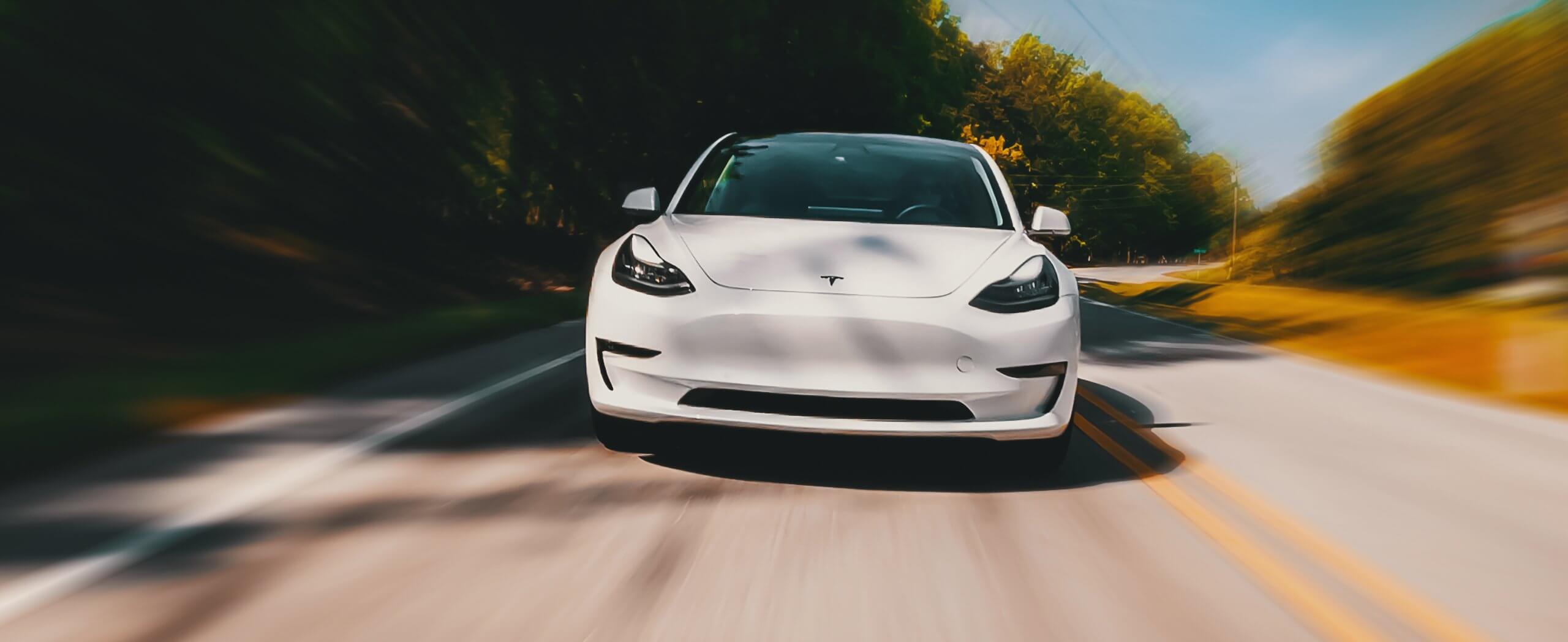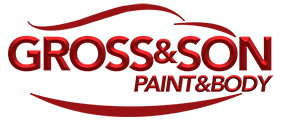Gross & Son Paint & Body Shop
March 31, 2023

Owning a Tesla electric vehicle (EV) demonstrates a customer’s commitment to sustainability, most notably through a greatly reduced environmental impact. Known for their impressive acceleration, handling, and range, Teslas are simply a joy to own and drive. Like owners everywhere, Tesla Pensacola area drivers are keen to maintain their vehicles. The following four tips are designed to help owners achieve lasting and satisfactory ownership of their leading-edge EV.
1. Keep it Clean
To clean a Tesla electric vehicle, start by washing the exterior with a pH-neutral car wash soap and a microfiber wash mitt or sponge. Avoid using harsh chemicals or abrasive materials that could damage the car’s finish. Dry the car with a clean microfiber towel or a leaf blower. Don’t forget to clean the wheels and tires with a separate cleaner and brush. Wax the finish every three to six months.
For the interior, wipe down surfaces with a microfiber towel and a mild all-purpose cleaner. Use a dedicated glass cleaner to clean the windows and avoid using ammonia-based products that can damage the tinting. Finally, use a protectant spray to keep the interior surfaces looking like new.
2. Achieve Maximum Range
Even with all-electric driving ranges that lead the industry, Tesla owners can find ways to help maximize battery power. Fortunately, this strategy is precisely what owners of gasoline-powered cars do.
As always, drive at the posted speed. Avoid frequent and rapid acceleration. Your Tesla can help if you select Chill Mode and Speed Assist on the touchscreen to control acceleration and speed. Further, whenever it is practical and safe to do so, temper the accelerator pedal to automatically slow down the vehicle instead of using the brake pedal. In doing so, you’ll transfer kinetic energy to the battery, thereby extending its range.
Restrict the use of battery-draining resources, including the heater and air conditioner. Models equipped with heated seats and heated steering wheels supply warmth and are more efficient. If possible, park your Tesla out of direct sunlight and leave it in a garage on cold, winter nights. The Tesla app is also useful for preparing the vehicle before entering, by adjusting the cabin temperature. Finally, lighten the load by removing excess cargo, keep all windows raised, and avoid prolonged idling. Always keep your Tesla plugged in when not in use.
3. Never Be Without a Charge
Tesla Pensacola owners have access to the company’s proprietary supercharger network, enabling easy and quick charges. Area locations include Pensacola Beach, Crestview, and Navarre in Florida as well as Mobile and Robertsdale in Alabama. Further, the network extends across the entire country and doesn’t include other network systems for charging. In other words, there are ample places to charge your Tesla.
Just as easily, Tesla Pensacola owners can charge at home. In this case, an electrician-installed wall connector allows for the overnight charge of the vehicle. Typically, the cost ranges from $750 to $1,500 and includes professional installation and the required materials. Moreover, the fee includes the installation warranty, permit, and inspection. If you have an apartment or a condominium, you may be legally allowed to install a wall connector. But seek landlord approval for your plans. Keep in mind that some jurisdictions and energy suppliers offer discounts or rebates, thereby saving you money.
If you are regularly on the road and travel beyond the Florida panhandle, Tesla’s app will help you find nearby supercharging stations. In those situations where a supercharger is not readily available, a Tesla Mobile Connector is a must-have for charging at most other outlets, and at low to medium speeds. For example, connecting to a standard household outlet adds 3 miles of range per hour. On the other hand, connecting to a 240-volt outlet adds 30 miles of range per hour, a ten-fold increase.
4. Follow Tesla’s Maintenance Guidelines
Every manufacturer produces maintenance guidelines and Tesla’s are no exception. Although electric vehicles utilize fewer fluids and parts, care is still necessary to ensure vehicle health.
Those guidelines include checking brake fluid health every two years and replacing it, if necessary. Cleaning and lubricating brake calipers must be accomplished approximately every 12,500 miles. The tire rotation schedule is roughly every 7,000 miles. Filters should be replaced every two, three, or four years, according to the type of filter and schedule. Wiper blades, brake pads, and low-voltage batteries are also subject to wear.
Keep in mind that the standard maintenance schedule may not apply to anyone utilizing their Tesla for more vigorous driving, such as taxi service or operating in extreme weather conditions. In this case, Tesla Pensacola owners should follow the “severe” maintenance schedule for their vehicles. Tesla also sends over-the-air updates that may affect vehicle operation. Lastly, if you receive a service bulletin or recall notification, do not put off responding to the same.
Caring for Your Tesla
Not to be overlooked is the battery system powering your Tesla. However, unlike basic care, more rigorous maintenance and repairs must be handled by a certified Tesla technician, otherwise, you risk voiding the warranty. If you notice a sudden change in vehicle behavior, reach out to your local Tesla Pensacola, Florida technician at Gross & Sons. Contact us today for all your Tesla repairs.

Share This Post